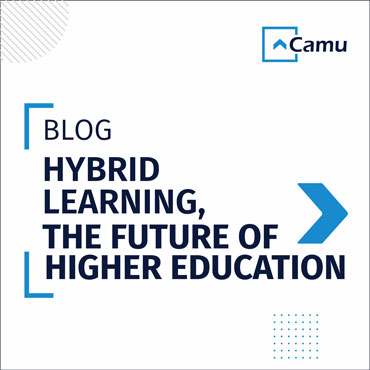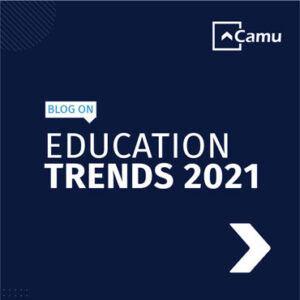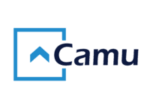
Hybrid Learning, the Future of Higher Education
When we think of education, we’re presented with a familiar image. One of a classroom, blackboard, desks and chairs, students peering out of the corner of their textbooks, and teachers droning on and on…
However, this scenario has drastically changed!
For one, education is not confined to a physical place any longer. Secondly, courses and programs have become more personalized and engaging. Thirdly, higher learning accounts for diverse student profiles. And fourthly, there is a high level of technology integration, both, as an augmenter and an enabler.
In this blog, Camu introduces readers to the concept of Hybrid Learning, which sits between the physical and digital worlds. It is a holistic form of education delivery, that exceeds student expectations and meets them wherever they are.
Hybrid Learning is a mixture of in-class and online learning, designed to make the education experience limitless and barrierless. And one of the greatest features of this format is that it enables students to benefit from the flexibility of pace and time, a mandate during a pandemic-riddled world.
Since teachers will be working with only 50% capacity at a time, they will be much better able to focus their energy and attention on each student’s learning goals. Furthermore, they have the chance to form deeper, more meaningful connections with the class. Similarly, students have an opportunity to feel a greater sense of connection with their peers and mentors.
Shifting to a Hybrid Learning Model
The transition from a traditional to a hybrid approach is challenging but not impossible. And it will require universities to re-evaluate their academic proposition, as well as embrace new governance processes pertaining to enrolment, pricing, course design, lecture delivery, assessment pattern, credit system, or any other core criteria.
While the pandemic has rendered remote learning “the new normal”, institutions will have to look at balancing “online” with “on-campus” for the near future. This will entail:
- Investing in robust technology infrastructure to support virtual and hybrid interactions.
- Providing training opportunities to faculty and staff members, so that they may navigate hybrid tools seamlessly.
- Imbibing digital literacy skills in students, so that they onboard to the hybrid model smoothly.
- Building virtual communities that complement in-person interactions.
- Making the pedagogical calendar more flexible, so that learners may work concurrently at a long-term project, internship, or job.
- Developing competency-based and outcome-based programs that reflect the changing needs of the global workforce.
- Focusing on building mentor-mentee relationships through academic advising.
Key Technologies for Hybrid Learning Success
The market is saturated with a wide variety of EdTech solutions, designed to aid institutions in their quest to adopting hybrid learning.
Camu is a leading campus-management solution that empowers academicians with the right set of hybrid learning tools, to make learning accessible, convenient, and stress-free!
- An integrated Student Information System (SIS) and Learning Management System (LMS) act as the backbone of the hybrid model, managing academic and administrative tasks with ease, and guiding students throughout their lifecycles.
- Virtual Classroom leverages multimedia tools such as video conferencing and automated attendance to create an interactive learning environment that can be accessed on the go.
- Mobile Solutions enable stakeholders (students, staff, management, parents) to perform a variety of pedagogical functions anytime, anywhere, through the MyCamu app.
- Digital Student Services supports and aids learners, right from enrolment to graduation. It is a collaborative portal that governs a variety of student actions seamlessly
- Controller of Examination (CoE) automates the pre-examination to post-examination process, through a flexible assessment model.
- HR Management platform effectively manages all personnel procedures, from simplifying the recruitment process to empowering employees, untangling payroll complexities, and becoming data-informed.
Flattening the Hybrid Learning Curve
The transition to a hybrid model requires effective governance at the institutional, faculty, and student level, respectively.
Each modality, in-class and online learning should complement one another and be part of a single structure or cohesive whole.
However, the biggest challenge of embracing hybrid is figuring out how to integrate the two experiences, so that they may capitalize on and amplify each other.
Additionally, it’s crucial to acknowledge that class time will be limited. And whenever something is limited, it becomes more precious!
So, how should institutions curate class time?
Camu suggests a flipped classroom method!
In this blended learning approach, face-to-face interaction is mixed with independent study, to create the most efficacious outcome. In a typical flipped scenario, students will watch pre-recorded videos at home, then come to school/college for a more detailed discussion and debate. The notion behind the flipped classroom method is to understand when students have access to the resources, they need most. As you can see, Camu helps institutions design the best possible virtual learning environment. One that aids faculty members to engage students remotely and face-to-face, with equal efficiency and effectiveness.







